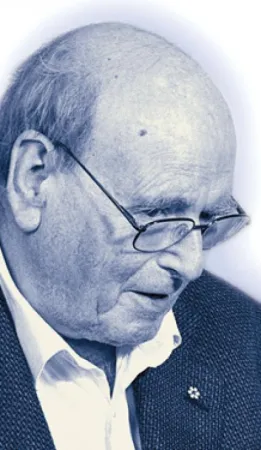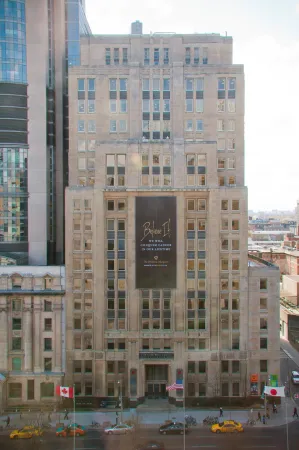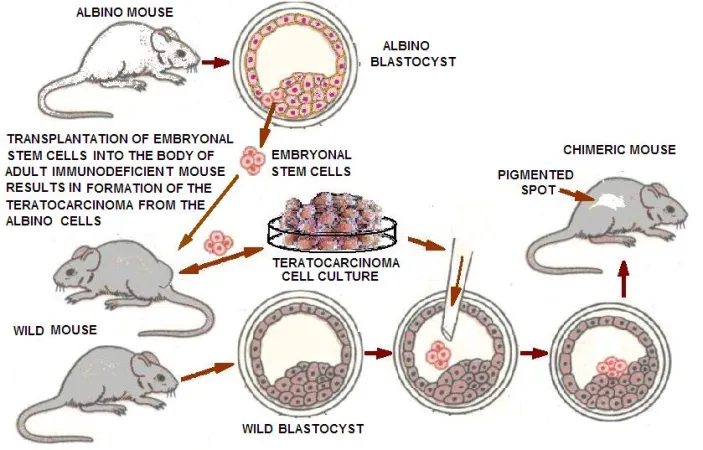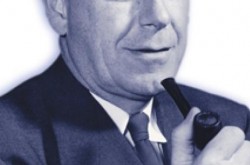Proving that stem cells exist: the experiments that changed how we understand the human body
This article was originally written and submitted as part of a Canada 150 Project, the Innovation Storybook, to crowdsource stories of Canadian innovation with partners across Canada. The content has since been migrated to Ingenium’s Channel, a digital hub featuring curated content related to science, technology and innovation.
Bryson Masse
Algonquin College Journalism Program
When Dr. Ernest McCulloch began studying the effects of nuclear radiation on the human body, he was not looking to discover the source of blood cells. But as he examined the mice used in the study, McCulloch noticed small collections of the cells, growing sort of like bacteria. Through ingenuity and hard work, McCulloch and his partner, Dr. James Till, were the first to show the world that we could understand and maybe even use this fundamental unit of our bodies: the stem cell.
McCulloch was born into a wealthy family in Toronto. He graduated with an MD from the University of Toronto in 1957. A decade later he joined the Ontario Cancer Institute where he was introduced to Till. Their research involved transplanting blood and bone marrow into lab mice. Nodules of newly forming red and white blood cells occurred right after the mice received the fresh infusion. This process was not unknown, but McCulloch and Till worked diligently to prove that it was the way the body replenishes its cell population. The two men are seen as the fathers of stem cells and were inducted into the Canadian Science and Engineering Hall of Fame in 2010. McCulloch died only a year later.



















